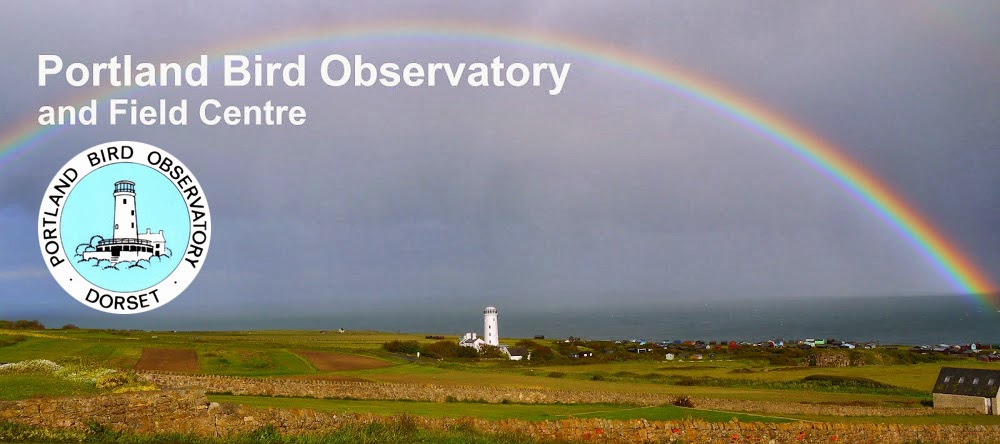You can't win them all; with the distinct lack of migrant birds (including yet another another sub-double figures in the nets), it was down to the moths, butterflies and sunshine to save the day. The avian highlight of the day was a rarity in Portland terms, two pitched
Red Kites - visiting raptors tend to be relatively ephemeral on the island so it was a rare treat to have crippling views of two of the four that spent a while touring the island during the morning. The supporting cast was very thin on the ground with singles of
Spotted Flycatcher,
Hobby and
flava Yellow Wagtail. The sea failed to add much to the day list with a handful of the usual fare as well as singles of
Arctic Skua and
Great Northern Diver.
Lepidoptera-wise, a modest overnight catch of commoner immigrant moths (check out the link
here or on the sidebar to the right for our daily numbers) was supported by a conspicuous arrival of
Red Admiral butterflies by day: with such a good scatter everywhere that was visited the island-wide total must surely have been well into the low hundreds; a lone
Painted Lady was also a first for the year at the Bill with, amongst the resident species,
Small Heath also on the wing for the first time.
Not the usual sort of view of a Portland Red Kite © Martin Cade:
Late spring Yellow Wagtails often include a fair proportion of seemingly non-British individuals and one of today's birds looked distinctly blue-grey headed in the field even if those colours aren't particularly conveyed in this one photo snatched before it flew off © Erin Taylor:

Aside from the welcome pick-up in immigrant numbers the moth-traps are finally beginning to attract better numbers of resident species, amongst which the pug total has been increasing by the day. Two of minor note today were Currant Pug and Valerian Pug - both these were from John Lucas' trap at Sweethill: Currant is rather infrequently trapped at the Bill but is a little more regular in garden moth-traps in the middle of the island where it's presumably resident on various cultivated currant bushes. Valerian is a bit of an unexpected Portland special as it's usually associated with Common Valerian growing in damp situations whereas here it's associated with Red Valerian in much drier habitat; the literature suggests it's a June/July moth but we've always found it to emerge far earlier at Portland where it's one of the commonest pugs during May in, for example, our garden trap at the Grove (there isn't a great deal of long-established Red Valerian at the Bill so it's a much more infrequent visitor to the Obs traps) © Martin Cade:





















































